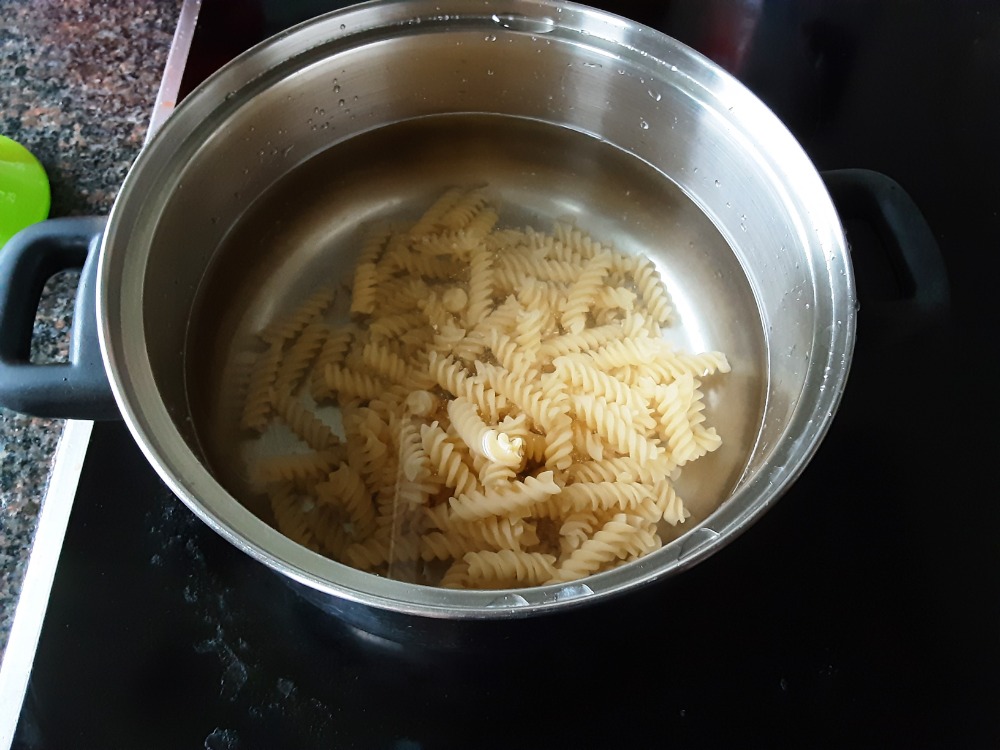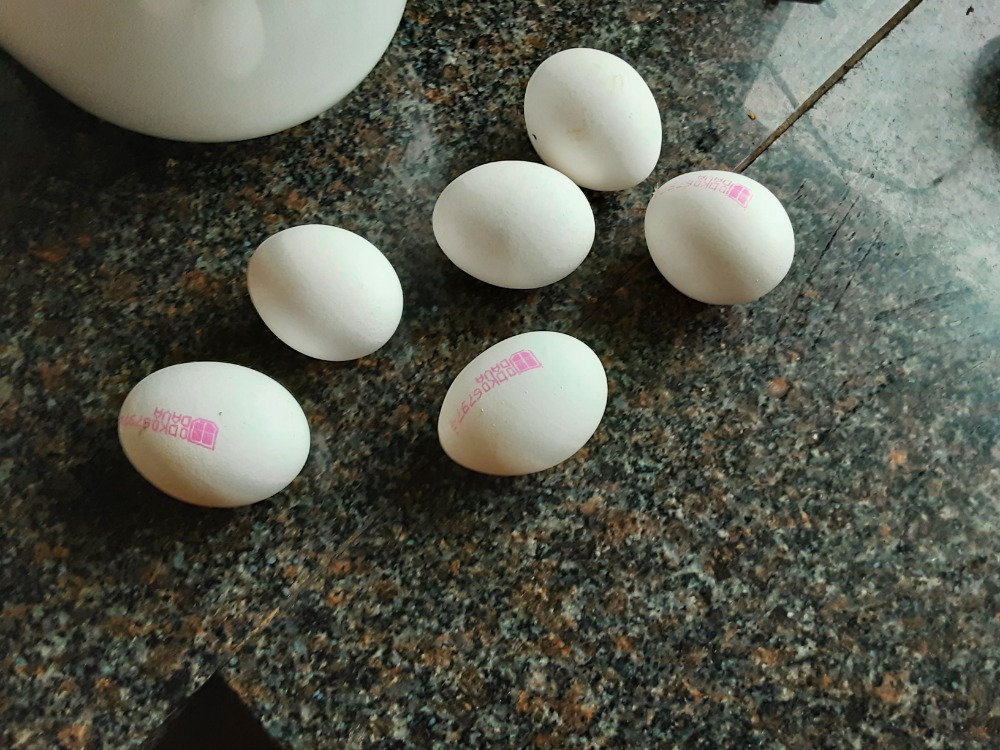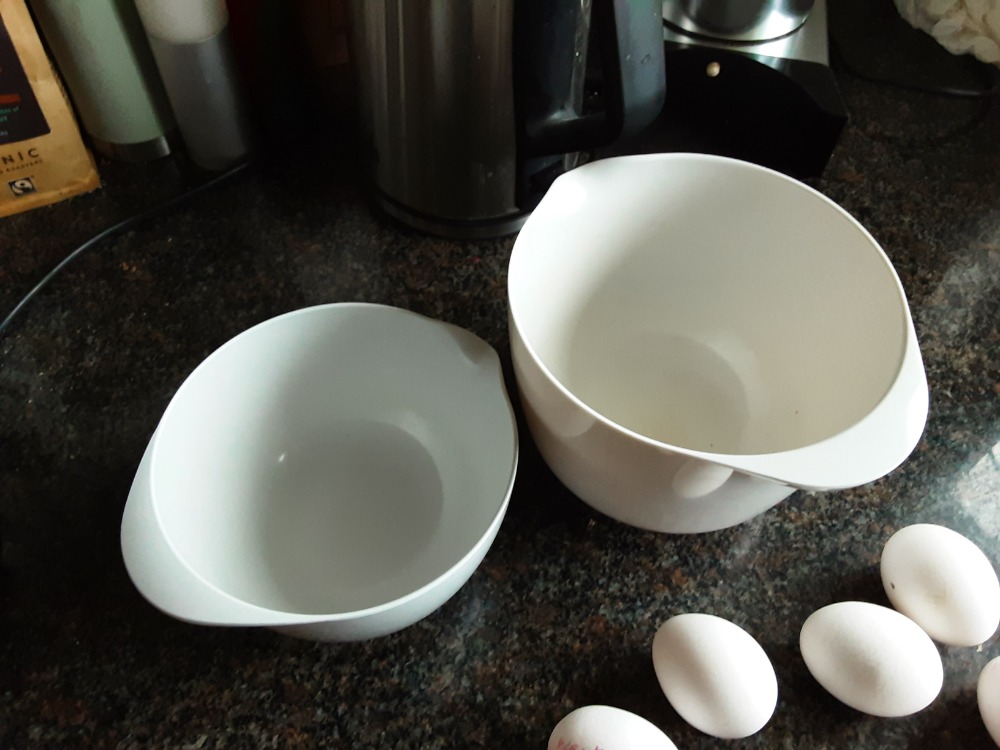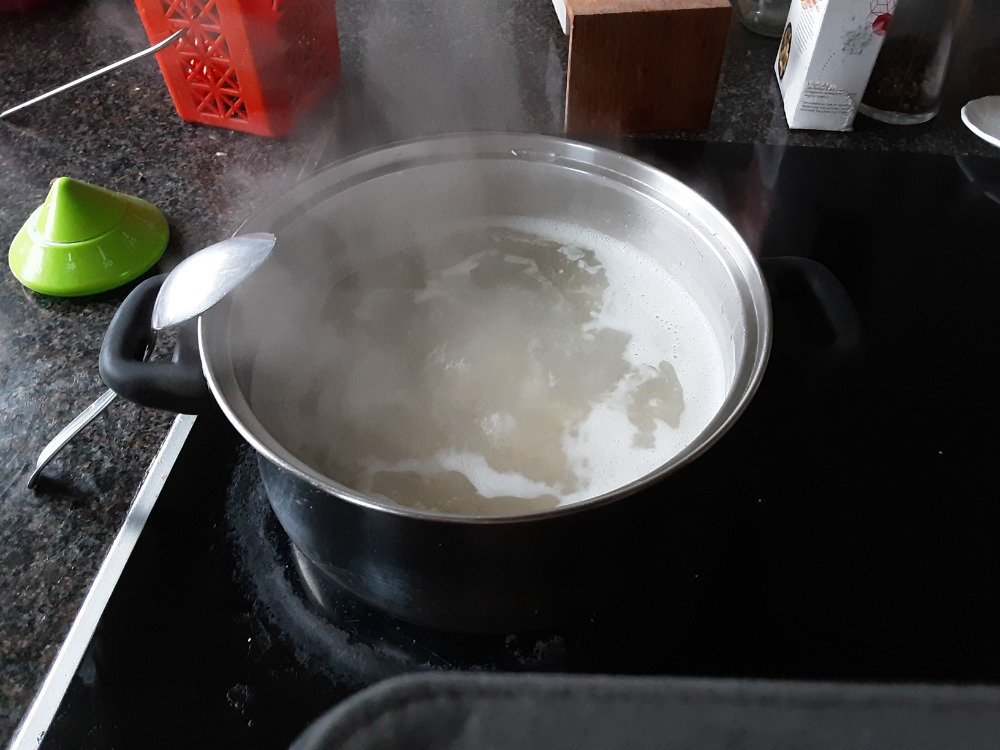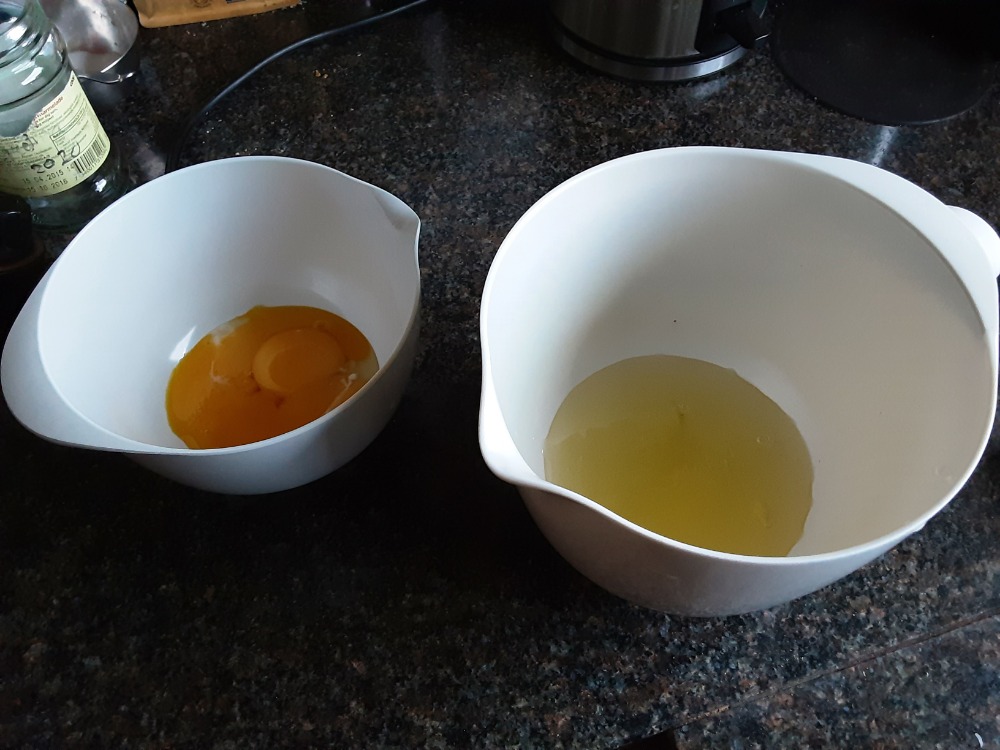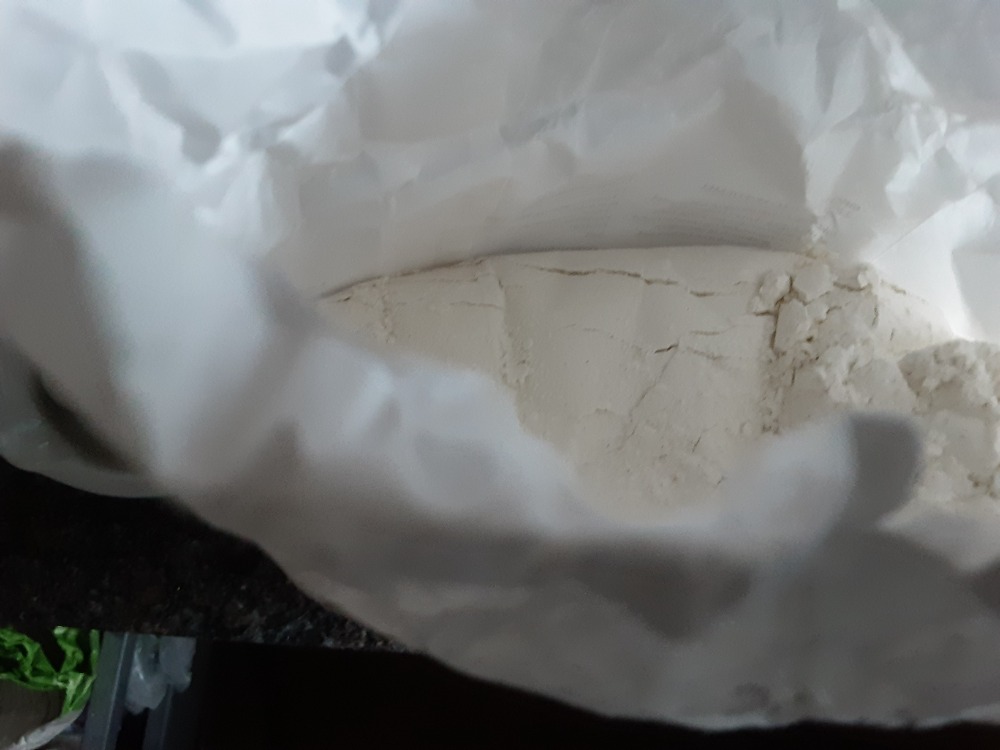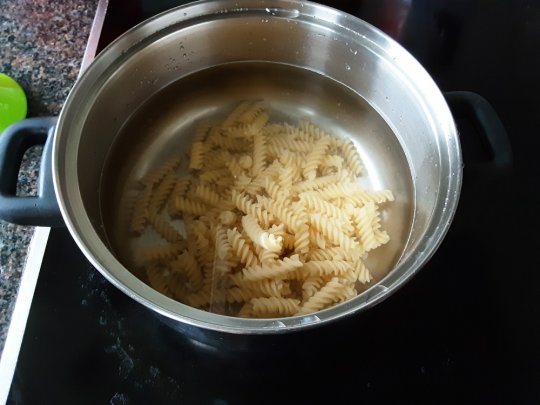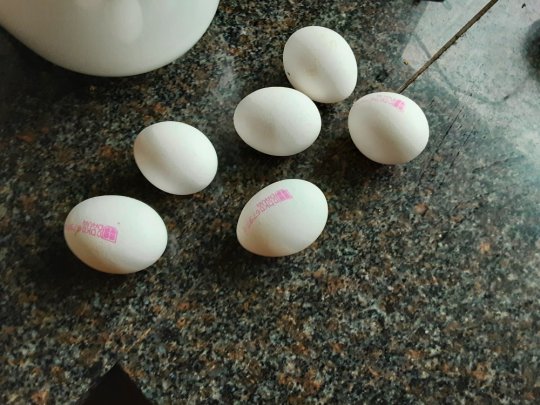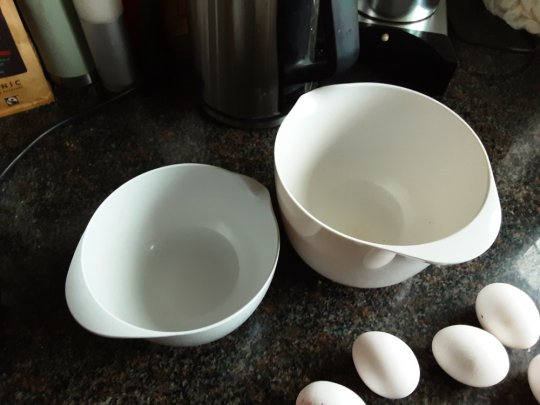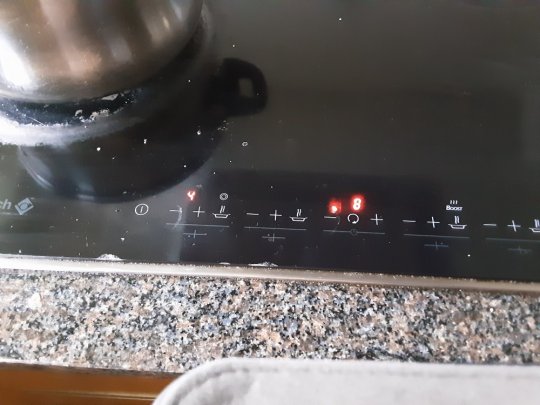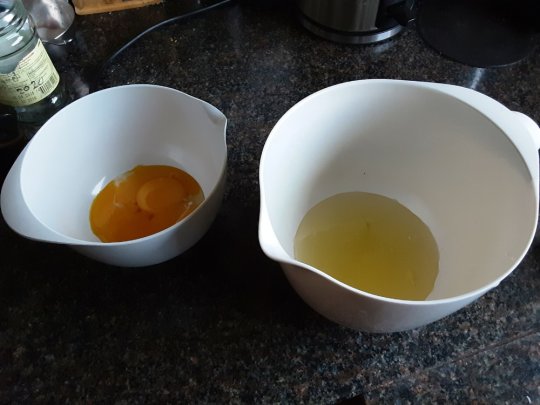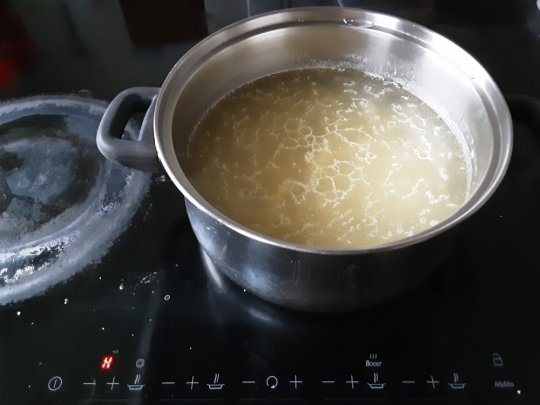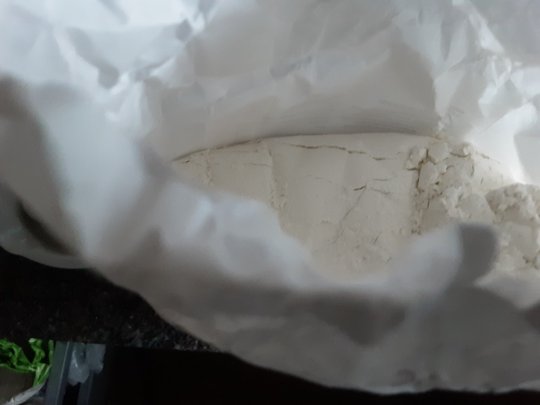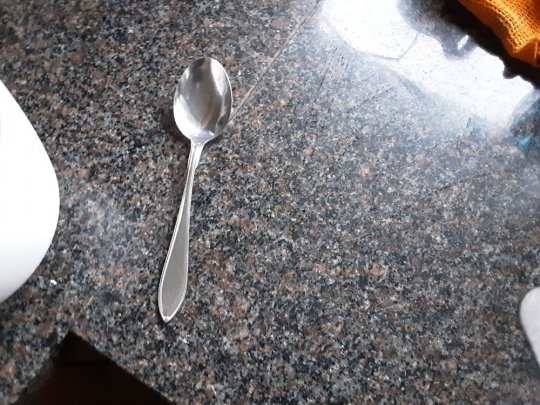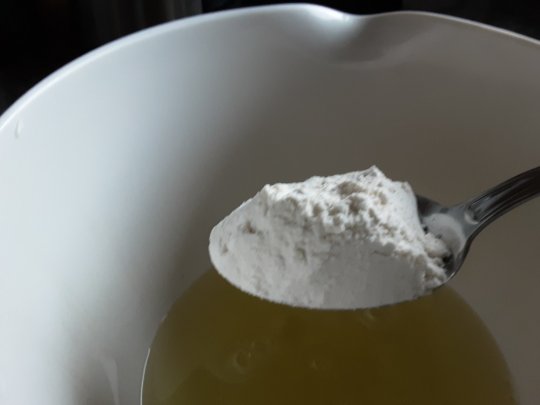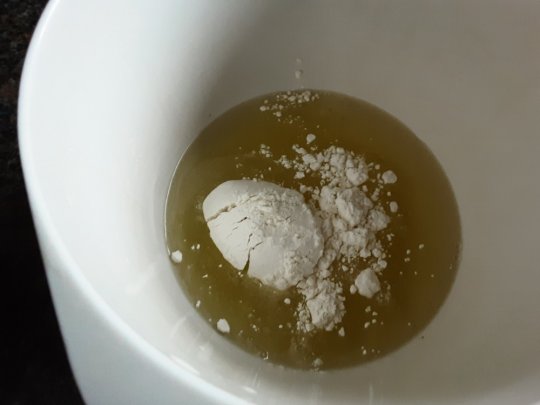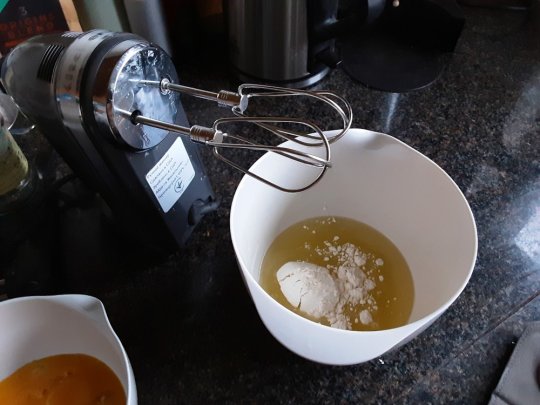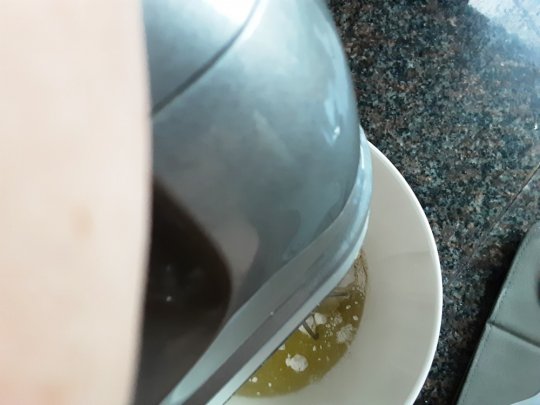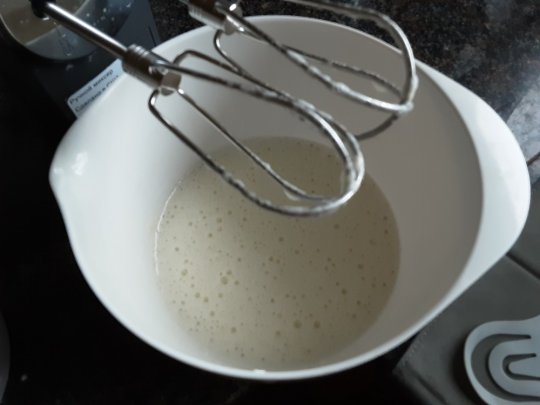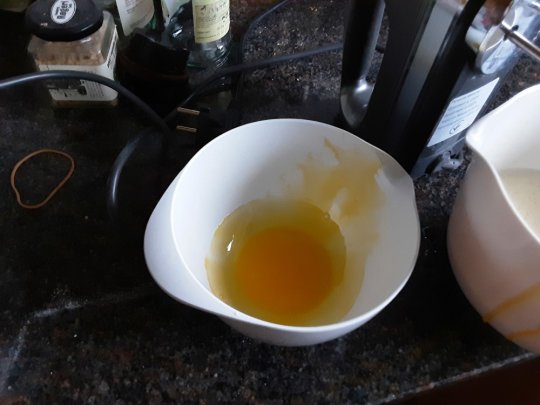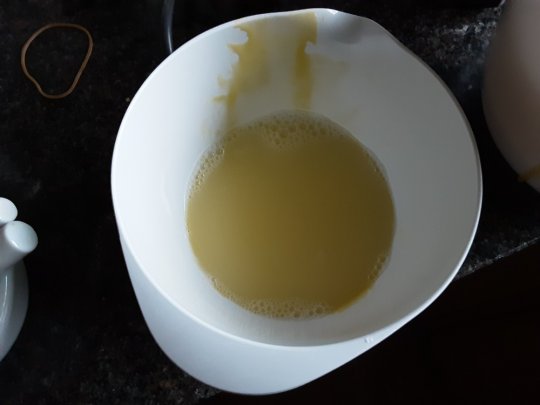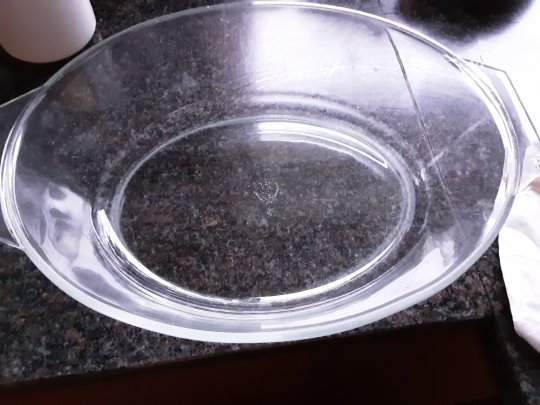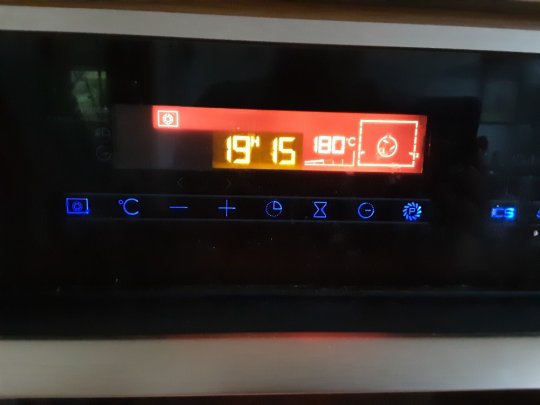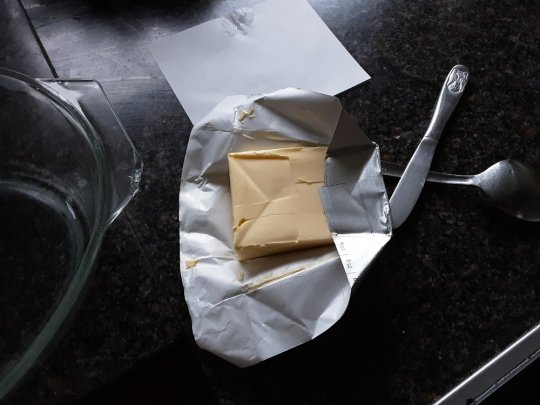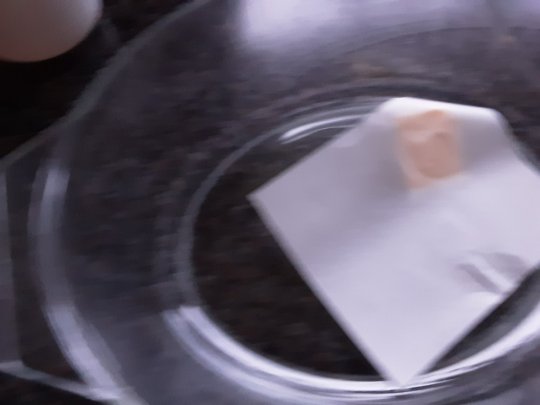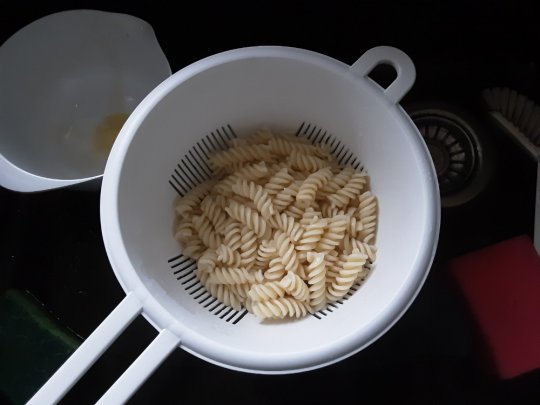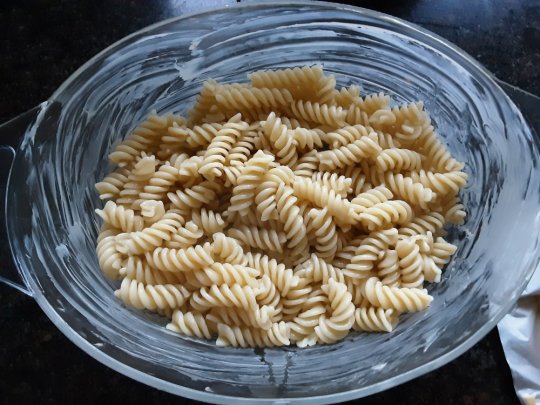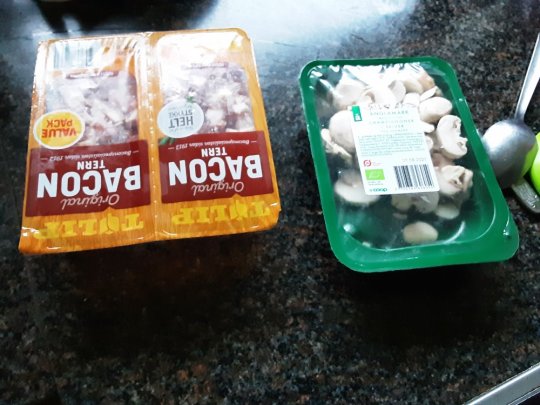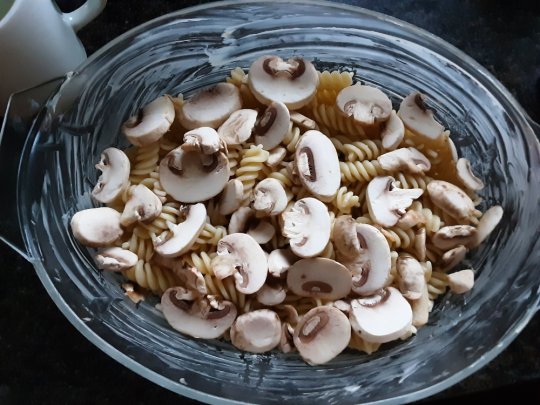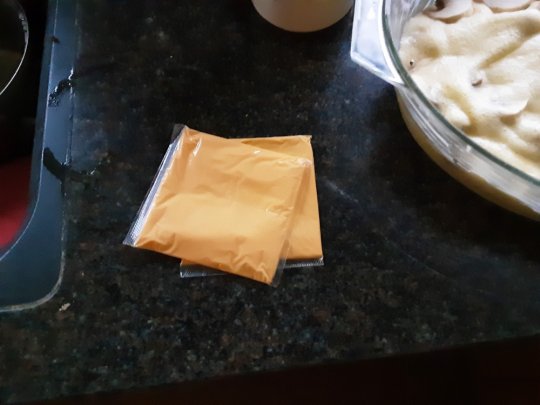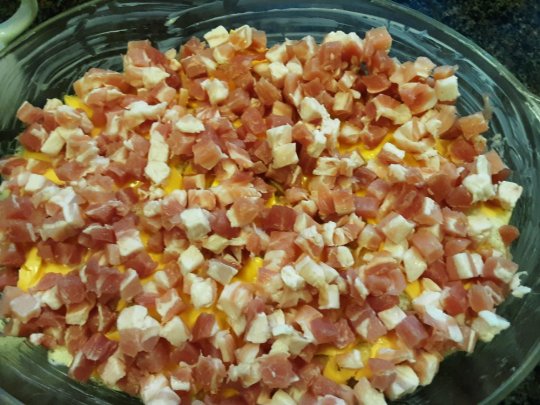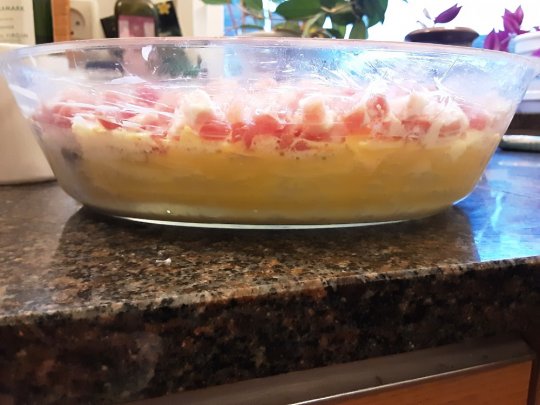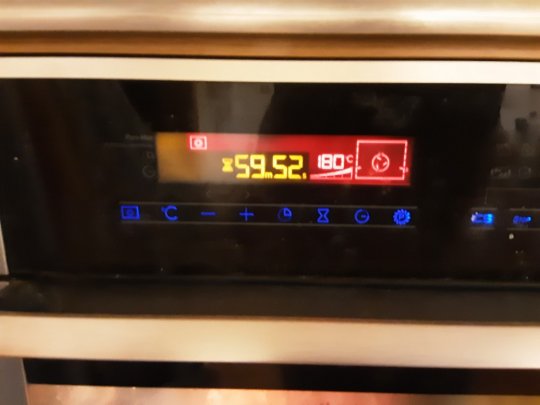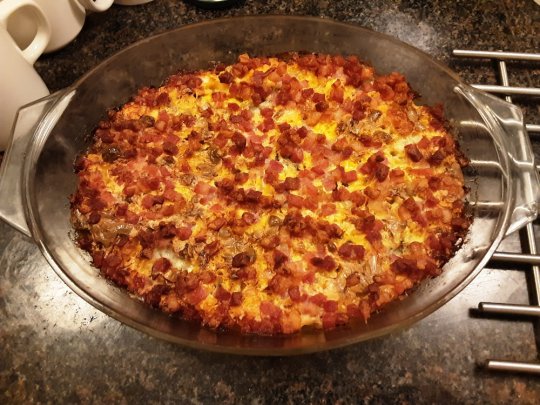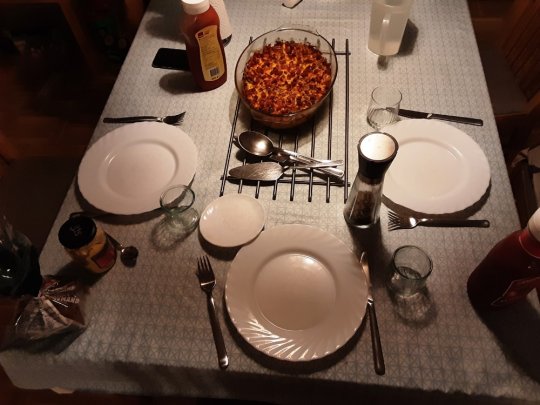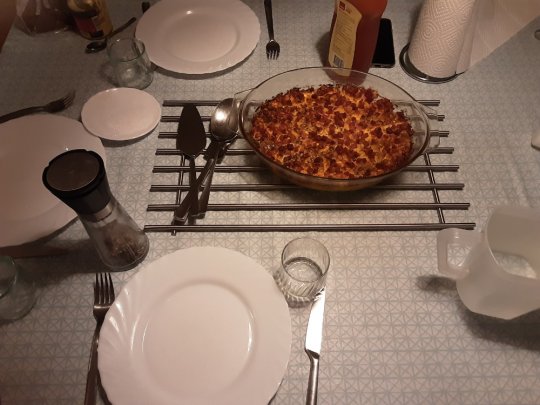Now, I go a bit against the tradition and the markings and symbols on the site, and have an English languaged version, of what I just wrote, so more people abroad, who might would like to try for them selves, can have a go.
What I just wrote, was some background to this recipe-section.
Lately, I had seen a few videos and streams of people in the kitchen, loving to cook. Now, as for me, I don't. But that is more down to the cooking process taking time, from activities done by computer, desk, or other places, when I play videogames, watch videos or streams, or do art pieces and chill with that. But I still do have a few recipes and things I keep returning to. I have seen others sharing their tips and tricks in the kitchen, and after watching a few videos and a few cooking streams, I would like to have a go as well.
One thing, I made when I came up with the idea of this section to my website, was an egg-cake. In Denmark, egg-cake is ate with beatroots, amongst other things, in my family we sprinkle chives on it, before we start eating it, my father have a slice of rye-bread, with some spread mustard on the slice, and then eat the slice to his slice of egg-cake, and then some tomato pure. I myself, go with a bit less. To me some pure and a bit salt on it is enough. The chives aren't mandatorily necessary, it just adds a bit of colour and a little bite, to the more sensitive mouths.
There already exists several different versions of egg-cake, in Danish cooking books, of which one of the most basic and all-round one is "Good food, easy to cook" -unfortunately, it's in Danish. So it would take a lot of work, with converting websites, and google translate searches, to put one recipe together, if you're not familiar with the Danish language. And no shame, it is hard to learn, and can seem complicated.
Now, to some history behind my version of the egg-cake. There are egg-cakes being fried, egg-cakes having fish in them, and egg-cakes being oven-baked.
The first inspiration I had to egg-cake, was when I went to a boarding school, years ago. The meal there, one day was egg-cake with fusili in it. Fusili(pasta-screws) were nice and soft as if boiled and cooked in any other way, like were they in pasta bolonaise, in this case, they were just in an egg-cake, and it was simply just wonderful. That experience, adds one ingredient to the egg-cake
We screw the time a few years ahead. One evening, I was with my sister and her at-that-time boy-friend, and we had raqulette. Here is where I experienced what the remaining ingrediens do with eggs, when combined WITH those eggs.
The ingredients, found here, was mushrooms, bacon -and I think also cheddar melting cheese.
So this is the story. And from that mix, I tried time and time again, try-and-error over the next amount of years, until I found out what worked and what didn't.
